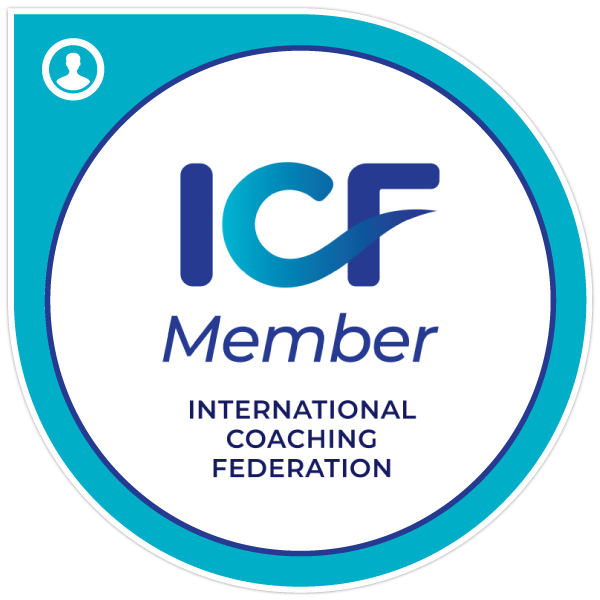In the rapidly evolving landscape of modern business, innovation management has emerged as a crucial strategy for staying ahead of the curve. As technologies advance and consumer preferences shift, organizations must continuously adapt and reinvent themselves to maintain relevance and competitiveness. A key component in nurturing an innovative culture is continuous learning and development. This approach not only fuels the creation of groundbreaking ideas but also ensures that companies can respond swiftly and effectively to changes and challenges in the marketplace.
Firstly, continuous learning helps in sustaining a competitive advantage by keeping the workforce updated with the latest trends and technologies. This constant infusion of new knowledge prevents obsolescence and fosters an environment ripe for innovation. Secondly, it enhances creativity and problem-solving skills among employees, empowering them to think outside the box and tackle challenges in novel ways. Thirdly, the adaptability and agility of a company are significantly bolstered through ongoing learning initiatives, making it possible to pivot strategies quickly in response to new information or market shifts.
Moreover, continuous learning and development initiatives play a crucial role in improving employee engagement and retention. Employees who are given opportunities to grow their skills are more likely to feel valued and invested in their work, reducing turnover rates and enhancing productivity. Lastly, these initiatives encourage collaboration and knowledge sharing among employees, creating a synergistic environment where collective knowledge fuels collective success. By investing in continuous learning and development, companies not only enhance their innovation capabilities but also build a resilient and dynamic workforce prepared to lead in an uncertain future.

Sustaining Competitive Advantage
In the fast-paced realm of innovation management, sustaining a competitive advantage is crucial for long-term success. Continuous learning and development play a pivotal role in maintaining this edge. By consistently updating and expanding their knowledge base, individuals and organizations can stay ahead of emerging trends and technologies. This proactive approach to learning prevents stagnation and ensures that a business remains relevant in a constantly evolving market.
Moreover, continuous learning facilitates the improvement of processes and products, which is vital for sustaining a competitive advantage. Organizations that encourage their employees to engage in ongoing professional development can more effectively implement innovative ideas and refine their strategies. This not only enhances a company’s ability to compete but also reinforces its position as a leader in the industry.
The commitment to continuous learning and development also signals to stakeholders that a company is serious about growth and improvement. This can attract better partnerships, increase investor confidence, and improve the overall reputation of the business. Thus, the benefits of continuous learning extend beyond maintaining competitiveness; they also contribute to a stronger, more dynamic corporate image.
Enhancing Creativity and Problem-Solving Skills
Continuous learning and development play a crucial role in enhancing creativity and problem-solving skills, which are key components in the field of innovation management. In today’s fast-paced and complex business environments, the ability to come up with creative solutions to problems and to think outside the box is invaluable. Organizations that foster an environment of continuous learning empower their employees to develop these skills, which can lead to innovative products, services, and processes.
When individuals engage in ongoing education and training, they are exposed to a variety of new ideas and perspectives. This exposure can spark creativity, as employees learn to look at challenges from different angles and consider alternative solutions. Furthermore, developing a problem-solving mindset is essential for effective innovation management. Continuous learning initiatives that include critical thinking exercises, case studies, and real-world problem-solving scenarios enhance an individual’s capacity to assess problems accurately and devise effective solutions.
In addition to individual benefits, enhancing creativity and problem-solving skills through continuous learning also contributes to a culture of innovation within the organization. When employees are encouraged to learn and grow, they are more likely to contribute new ideas and engage in collaborative innovation efforts. This not only leads to more dynamic and innovative teams but also helps the organization adapt to changes and challenges in the market.
Therefore, investing in continuous learning and development is not just about individual skill enhancement but also about building a resilient and innovative organizational culture that thrives on creativity and effective problem-solving.
Fostering Adaptability and Agility
In the context of innovation management, fostering adaptability and agility is a crucial benefit of continuous learning and development. Adaptability and agility refer to an organization’s ability to respond swiftly and effectively to changes in the market, technology, and customer preferences. In today’s fast-paced business environment, these traits are essential for survival and success.
Continuous learning programs can help organizations build a workforce that is quick to adapt and agile in implementing new strategies or technologies. This adaptability is particularly important in industries that are subject to rapid changes. By encouraging continuous learning, organizations can ensure that their employees are always up-to-date with the latest skills and knowledge, which in turn makes it easier to pivot strategies when necessary.
Moreover, agility is not only about quick reactions but also about being proactive in anticipating changes and challenges. A culture of continuous learning fosters an environment where employees are encouraged to think ahead and prepare for potential future scenarios. This proactive approach can give organizations a competitive edge by allowing them to stay ahead of trends rather than merely reacting to them.
In summary, fostering adaptability and agility through continuous learning and development helps organizations maintain relevance and competitiveness in an ever-evolving market. It enables businesses to navigate challenges more smoothly and seize opportunities more quickly, which is invaluable in the fast-paced world of innovation.
Improving Employee Engagement and Retention
Continuous learning and development are crucial in maintaining high levels of employee engagement and retention. In the dynamic field of innovation management, where the pace of change is rapid and the demand for new ideas is constant, employees who are given opportunities to learn and grow are more likely to feel valued and invested in their jobs.
Firstly, continuous learning initiatives send a clear message to employees that their personal and professional development is important to the organization. This can increase their emotional investment in the company, leading them to put more energy and commitment into their work. Moreover, as employees expand their skills and knowledge, they can undertake more challenging and varied tasks, reducing the likelihood of job dissatisfaction and boredom.
Secondly, the retention of employees is significantly bolstered by continuous learning opportunities. In a job market where talented individuals have many choices, an organization that offers ongoing development programs can stand out. Employees are less likely to seek opportunities elsewhere if they feel that staying with their current employer will benefit their career trajectory. Furthermore, the cost implications of high turnover rates can be mitigated through investment in employee development, as it is generally more cost-effective to retain and develop existing staff than to recruit and train new hires.
Overall, the strategic inclusion of continuous learning in innovation management not only contributes to the direct growth and adaptation of the organization but also plays a vital role in nurturing a committed and competent workforce. This dual benefit acts as a powerful lever in both achieving immediate organizational goals and securing long-term success.
Encouraging Collaboration and Knowledge Sharing
Encouraging collaboration and knowledge sharing is a crucial benefit of continuous learning and development in the field of innovation management. In today’s fast-paced and ever-evolving business environment, the ability to work effectively with others and share critical information can significantly enhance an organization’s capacity to innovate and stay competitive.
Collaboration in the workplace often leads to the creation of more innovative ideas. When individuals with diverse skills and perspectives come together, they can tackle problems more creatively and find solutions that may not have been evident to a single person or a homogenous group. This synergy can produce breakthrough innovations that propel businesses forward.
Knowledge sharing, on the other hand, is vital for organizational learning and growth. By establishing a culture where employees are encouraged to share their insights and experiences, organizations can avoid reinventing the wheel and build on existing knowledge to accelerate development and reduce costs. This culture of openness not only helps in leveraging the collective intelligence of the workforce but also fosters a sense of belonging and commitment among employees.
Furthermore, effective collaboration and knowledge sharing practices can help in identifying gaps in skills and knowledge quickly, allowing organizations to address these gaps in a timely manner through targeted training and development programs. This proactive approach in managing talent can lead to sustained organizational performance and success in the long run.
In conclusion, by encouraging collaboration and knowledge sharing, companies engaged in innovation management can harness the full potential of their human resources, enhance their adaptiveness, and maintain a competitive edge in their respective industries. Continuous learning environments that promote these values are better equipped to meet the challenges of the modern business landscape.


Leave a Reply